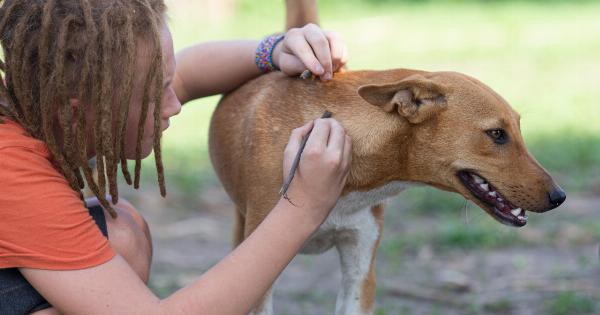As pet owners, understanding our dogs’ emotions and eyesight is essential for their overall well-being and for strengthening the bond between human and canine. Dogs communicate primarily through body language, facial expressions, and vocalization.
While every dog is unique, there are general cues that can help us interpret their emotions and assess their eyesight. By learning to read these signals, we can better meet their needs and ensure their happiness and comfort.
Understanding Canine Emotions
Dogs, just like humans, experience a wide range of emotions including happiness, sadness, fear, and anxiety. Here are some key emotional cues that can help us understand our furry friends better:.
1. Tail Wagging
A wagging tail is often associated with happiness and excitement. However, the speed, height, and position of the wag can provide additional insights. A slow, low wag with a relaxed body indicates a calm and content dog.
On the other hand, a fast wag with a raised tail suggests higher energy levels and potential excitement.
2. Ear Position
The position of a dog’s ears can provide valuable clues about their emotional state. Relaxed ears that are neither pulled forward nor pinned back indicate a calm and content dog.
Raised ears can indicate alertness or excitement, while flattened ears may suggest fear, anxiety, or aggression.
3. Facial Expressions
Just like humans, dogs use their faces to express a wide range of emotions. A soft, relaxed face with rounded eyes and a slightly open mouth usually indicates a happy and content dog.
Raised eyebrows or a wrinkled forehead may suggest curiosity or attention. Tightened eyes, staring, or a furrowed brow may indicate fear, aggression, or stress.
4. Body Language
A dog’s overall body language can be a powerful indicator of their emotional well-being. A relaxed and loose body posture with slow, fluid movements indicates a dog that is comfortable and content.
Stiff body posture, raised hackles, or a closed mouth can signal fear, aggression, or tension. Additionally, a lowered body posture, with the tail tucked between the legs, often signifies fear or submission.
Interpreting Canine Eyesight
Dogs have unique visual capabilities that differ from humans. Understanding their eyesight can help us create an environment that accommodates their needs. Here are some key aspects to consider:.
1. Color Perception
Contrary to popular belief, dogs are not completely colorblind. While they see a more limited range of colors compared to humans, they can still perceive certain hues.
Dogs primarily see the world in shades of blue and yellow, which means they may struggle to differentiate between red and green. However, they are more adept at detecting motion and have superior night vision compared to humans.
2. Peripheral Vision
Dogs have a broader field of view compared to humans, reaching approximately 240 degrees. This wide peripheral vision allows them to detect movement and objects in their environment more easily.
However, their central vision is less precise compared to humans, so they rely more on their other senses like smell and hearing to navigate the world.
3. Depth Perception
Dogs’ depth perception is not as accurate as humans’, primarily due to their visual anatomy. They rely more on motion and familiar cues to judge distances accurately.
This is why a dog may sometimes struggle to catch a treat thrown directly at them but excel at catching objects in motion.
4. Sensitivity to Light
Dogs tend to be more sensitive to light than humans. Their eyes have a larger range of rod cells, which are responsible for vision in low-light conditions.
This adaptation allows them to see better in the dark but can result in discomfort or difficulty adjusting to bright light, such as direct sunlight.
Conclusion
Understanding our dogs’ emotions and eyesight is crucial for providing them with a fulfilling and comfortable life.
By paying attention to their tail wagging, ear position, facial expressions, and body language, we can gain valuable insights into their emotional well-being. Additionally, knowing how dogs perceive the world through their unique eyesight helps us create a suitable environment.
By continuously learning and observing our canine companions, we can deepen our connection and build a fulfilling relationship based on trust and understanding.






























